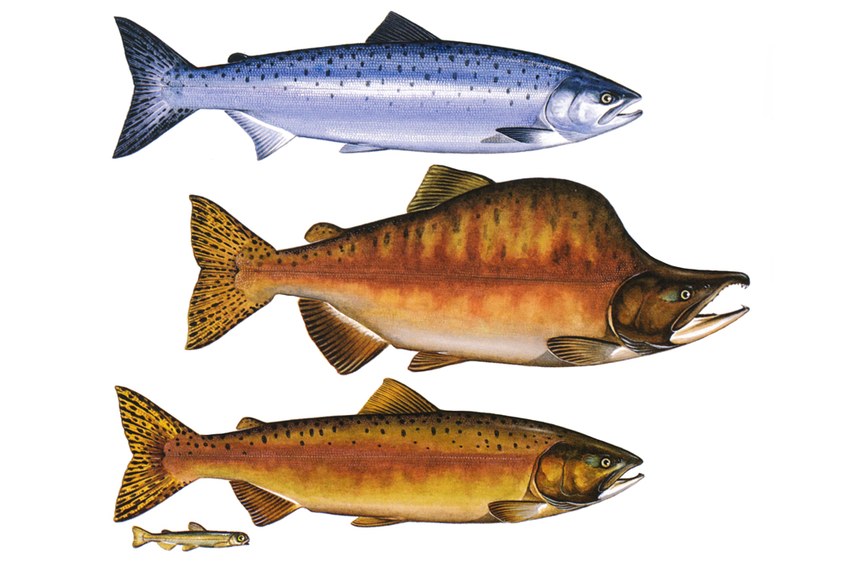Overview
Fisheries are composed of one or more parts, each of which is entitled to receive an MSC certificate. These parts or “units” are defined by their target stock(s), fishing gear type(s) and if relevant vessel type(s), and the fishing fleets or groups of vessels.
Attention
Some or all units that participated in this fishery are now covered by another assessment. Please see the British Columbia salmon for more information.
Eligibility, client groups and vessel lists
A fishery may choose to define the members of the fishery certificate. These members can be vessels or other client group members (e.g. companies that own vessels and/or companies that are named as eligible to handle certified product covered within the fishery certificate scope). Please refer to the fishery certificate statement on additional product specific eligibility criteria (e.g. product eligibility limitations, eligibility date, exclusive points of landing and the point where Chain of Custody certificate is required). Please consult the fishery Public Certification Report for product eligibility rationale.
| Documents | Published on | Files |
|---|---|---|
| Vessel List | 10 Feb 2016 | 1 files |
| List of client group members | 13 Jul 2015 | 1 files |
About this Fishery
NOTE: This fishery is currently in re-assessment as part of the combined British Columbia salmon fishery
Pink salmon are found in streams and rivers from California north to the Mackenzie River, with their principal spawning areas between Puget Sound, Washington, and Bristol Bay, Alaska. This certified fishery operates in the Canadian Pacific and British Columbia coastal waters, around the North and Central Coast, Inner South Coast and Fraser River.
After hatching in freshwater streams, pink salmon fry swim quickly to sea and grow rapidly as they make extensive feeding migrations. After 18 months in the ocean, maturing fish return to their natal rivers to spawn and die.
British Columbia chum salmon are caught by seine, gillnet or troll gear.
Trollers catch around a quarter of the commercial harvest. They employ hooks and lines, suspended from large poles extending from the fishing vessel.
Seine nets are set from fishing boats with the assistance of a small skiff. Nets are set in a circle around aggregations of salmon. The bottom edges of the net are then drawn together into a 'purse' to prevent fish escaping. Seiners take around half the commercial catch.
Gill netters generally fish near coastal rivers and inlets, taking another quarter of the commercial catch. Salmon gill nets are rectangular nets that hang in the water. Altering mesh size and the way in which nets are suspended in the water allows fishers to target certain species and sizes selectively.
Pink Salmon (Oncorhynchus Gorbuscha) © Scandinavian Fishing Year Book
Market Information
British Columbia pink salmon are sold worldwide.
